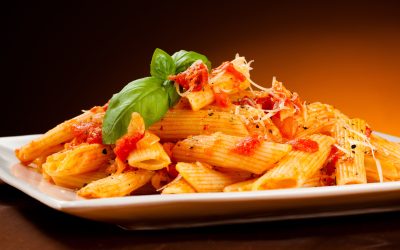A good quality knife is a great thing to have, as usually well worth the money spent. How do you decide which type of knife you need to suit your needs? There are a wide variety of knives for every need from cutting vegetables to buttering bread. Learning about the many different kinds of knives can help you decide which ones you may need in a cutlery set of Moulder knives and which ones you can do without. A bird’s beak knife is also known as a “tournee” knife and has a shorter knife blade than the very similar paring knife. The blade is designed to curve slightly upward on the top edge as well as the cutting edge. This type of knife is often used to make tournee cuts in squash, potatoes or carrots. Bird’s beak Moulder knives are frequently used in slicing softer fruits such as peaches or plums and for creating a decorative look in garnishes. These are popular knives for chefs who do a lot of decorative designing with food items.

Moulding Knives
Boning knives have a very short, thin blade and are often used to remove the bone in a cut of meat before consumption or cooking. The blade is rigid so that it can easily trim meat without causing injury to the user. Butter knives are used for applying a variety of spreads like butter, cream cheese or peanut butter and have a blunt edge blade that is pretty non-threatening. Butter knives often have the same pattern as other types of flatware spoons and forks that come in the same set and are often some of the most decorative knives in a purchased cutlery set. A ceramic knife usually has a blade made out of zirconium oxide which is a very durable material that creates a hard surface for cutting. These knives don’t dull very easily and will remain pretty sharp for a long time before sharpening is required. Ceramic Moulder knives are used for slicing through many foods with easy though it’s important to recognize that the hard blade isn’t very flexible so it can chip more frequently than other blades. If dropped on a hard surface it may break or crack and require factory repair. Make sure that if you’re going to sharpen a ceramic knife you know what you’re doing. Cheese knives are very thin and will cut through soft cheese and hard cheese alike with ease. Sometimes the blade will have a forked tip which is used for cutting citrus fruit or in spearing pieces of garnishes. For a wide variety of cutlery & moulder knives for many occasions and uses, rely on Hot Knives come in a variety of styles and prices ranges to suit every need and budget.


